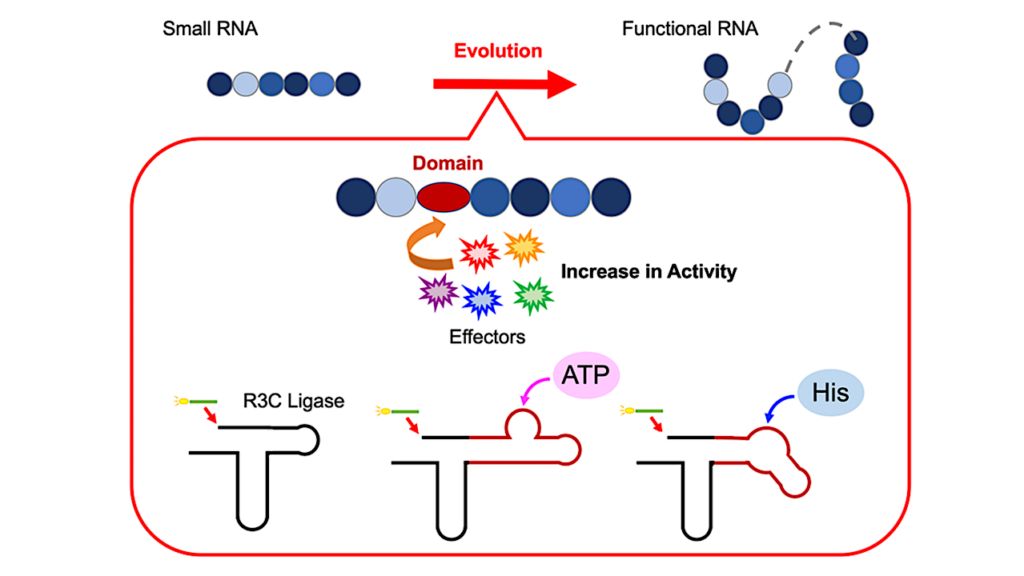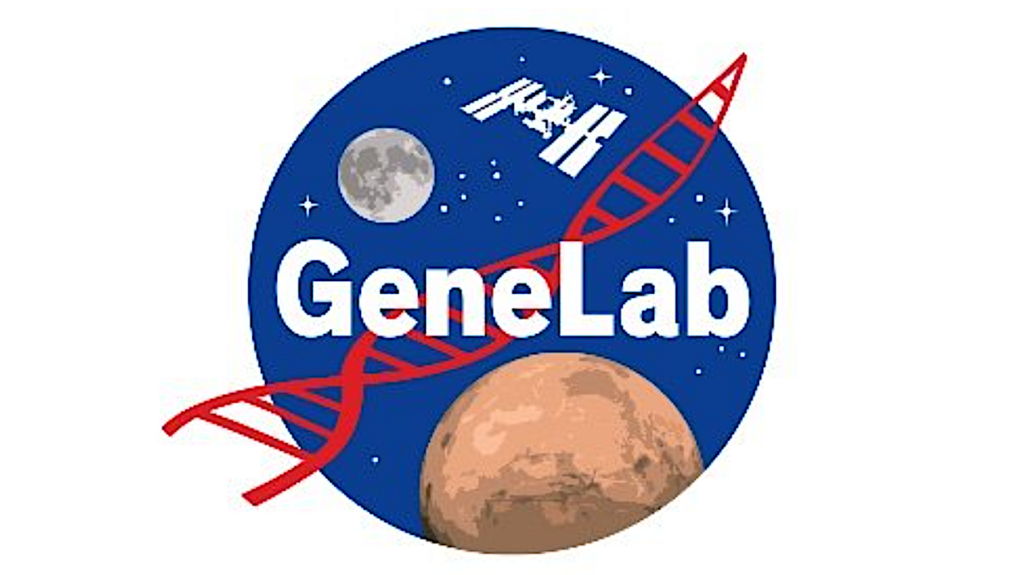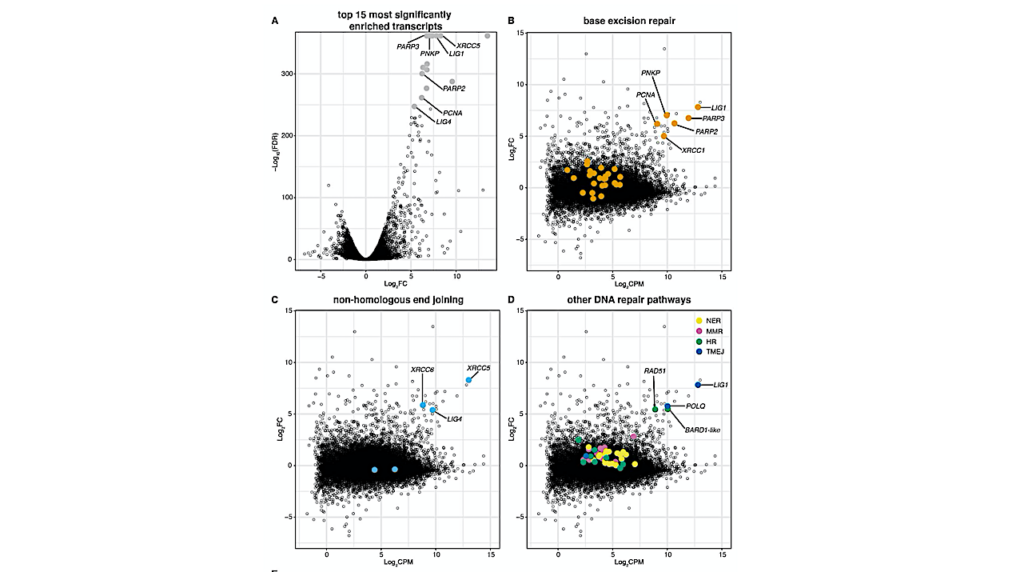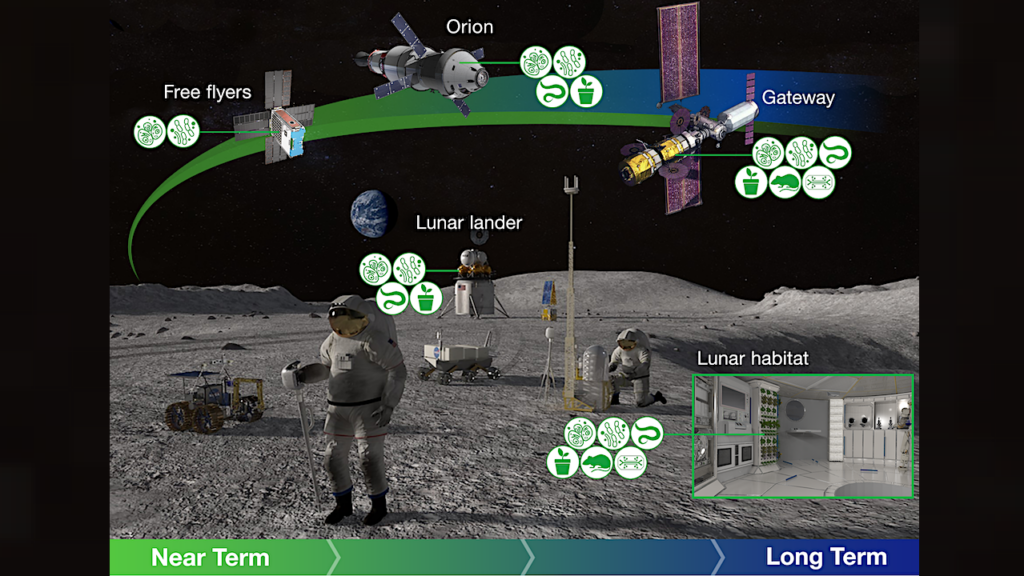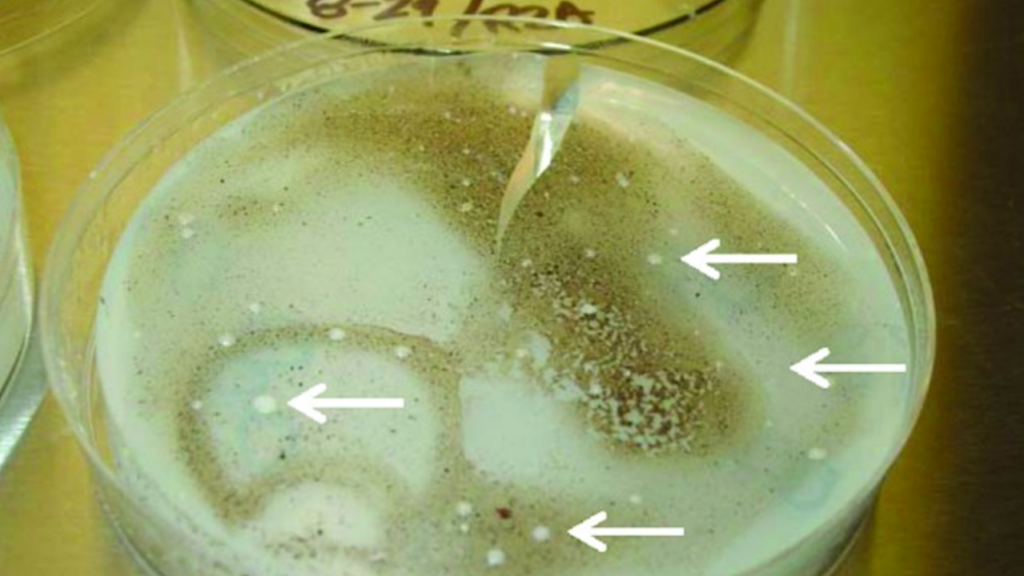Catching Genes From Chlamydiae Allowed Complex Life To Live Without Oxygen

An international team of researchers has discovered a new group of Chlamydiae – Anoxychlamydiales – living under the ocean floor without oxygen.
These Chlamydiae have genes that allow them to survive without oxygen while making hydrogen gas. The researchers found that our single-cell ancestors ‘caught’ these hydrogen-producing genes from ancient Chlamydiae up to two-billion years ago – an event that was critical for the evolution of all complex life alive today. The results are published in Science Advances.
Life on Earth can be classified into two main categories: eukaryotes (e.g., plants, animals, fungi, amoeba) and prokaryotes (e.g., bacteria and archaea). In comparison to relatively simple prokaryotic cells, eukaryotic cells have complex cellular organisation. How such cellular complexity evolved has puzzled scientists for decades. The prevailing hypothesis for the evolution of eukaryotes involves the merger, or symbiosis, of two prokaryotes – an archaeon and a bacterium – nearly two-billion years ago, in environments with little oxygen. Scientists assume that these microbes co-operated with each other to survive without oxygen by exchanging nutrients. While we do not know what these nutrient were, many scientists think that hydrogen might be the answer.
To find an answer to this two-billion year old mystery, scientists look at genomes of modern prokaryotes and eukaryotes to find genes for living without oxygen and nutrient metabolism with hydrogen. Much like fossils, genomes hold clues to the evolutionary history of their ancestors. In our cells, we have a specialized factory called the mitochondrion – or powerhouse of the cell – that helps us make energy using the oxygen we breathe and the sugar we eat. However, some mitochondria are able to make energy without oxygen by producing hydrogen gas. Since hydrogen has been proposed to have been an important nutrient for the origin of eukaryotes, scientists think that hydrogen production was present in one of the two-billion year old partners: the archaeon or the bacterium. However, there is no evidence for this with present data.
In an article published in Science Advances, a team of international researchers has discovered an unexpected source of these genes at the bottom of the ocean from the Anoxychlamydiales, a newly discovered group of Chlamydiae. Anoxychlamydiales live without oxygen, and have genes for producing hydrogen – a trait that has never before been identified in Chlamydiae. The researchers were surprised to find that the chlamydial genes for hydrogen production closely resembled those found in eukaryotes. This strongly suggests that ancient chlamydiae contributed these genes during the evolution of eukaryotes.
“In our study we identified the first evidence for how eukaryotes got the genes to make hydrogen and it was from a completely unexpected source!” says co-lead author Courtney Stairs, postdoctoral researcher at Uppsala University in Sweden. Fellow co-lead author Jennah Dharamshi, PhD student from Uppsala University, adds: “We found new evidence that the eukaryotic genome has a mosaic evolutionary history, and has come not only from Archaea and the mitochondrion, but also from Chlamydiae”.
“Understanding where hydrogen metabolism came from in eukaryotes is important for gaining insight into how our two-billion-year old ancestors evolved,” says senior author Thijs Ettema, Professor at Wageningen University and Research in The Netherlands, and coordinator of the international team of researchers. “For years, I thought that if we ever found out where eukaryotic hydrogen metabolism came from, we would have a clearer picture of how eukaryotes evolved – however, finding out that these genes might have come from Chlamydiae has raised even more questions”, Courtney Stairs adds.
How did the eukaryotes get a hold of these genes?
“We know that microorganisms routinely share genes with each other in a process called ‘gene transfer’. We can find these transfer events by building family trees of each gene and looking for patterns in their evolution” explains Courtney Stairs. Today, the closest relatives of the archaeon that participated in the initial symbiosis are Asgard archaea. These archaea are also found at the bottom of the ocean where Anoxychlamydiales reside. “Asgard archaea and Anoxychlamydiales are both found living under the ocean floor where there is no oxygen” Thijs Ettema explains, “their cohabitation could have allowed for genes to be transferred between the ancestors of these microbes”.
Finding chlamydiae that can live without oxygen has important implications in itself. These bacteria are typically known as pathogens of humans and other animals, even though they can also infect single-cell eukaryotes such as amoeba. All chlamydiae known to date live inside eukaryotic cells.
“Finding chlamydiae that might be able to live without oxygen, produce hydrogen, and live outside a eukaryote challenges our previously held conceptions” says Jennah Dharamshi, “our findings suggest that chlamydiae may be important members of the ecosystem on the ocean floor and that perhaps all chlamydiae are not that bad after all.”
Courtney W. Stairs and Jennah E. Dharamshi et al. (2020); “Chlamydial contribution to anaerobic metabolism during eukaryotic evolution“, Science Advances 26 August 2020;
Astrobiology


